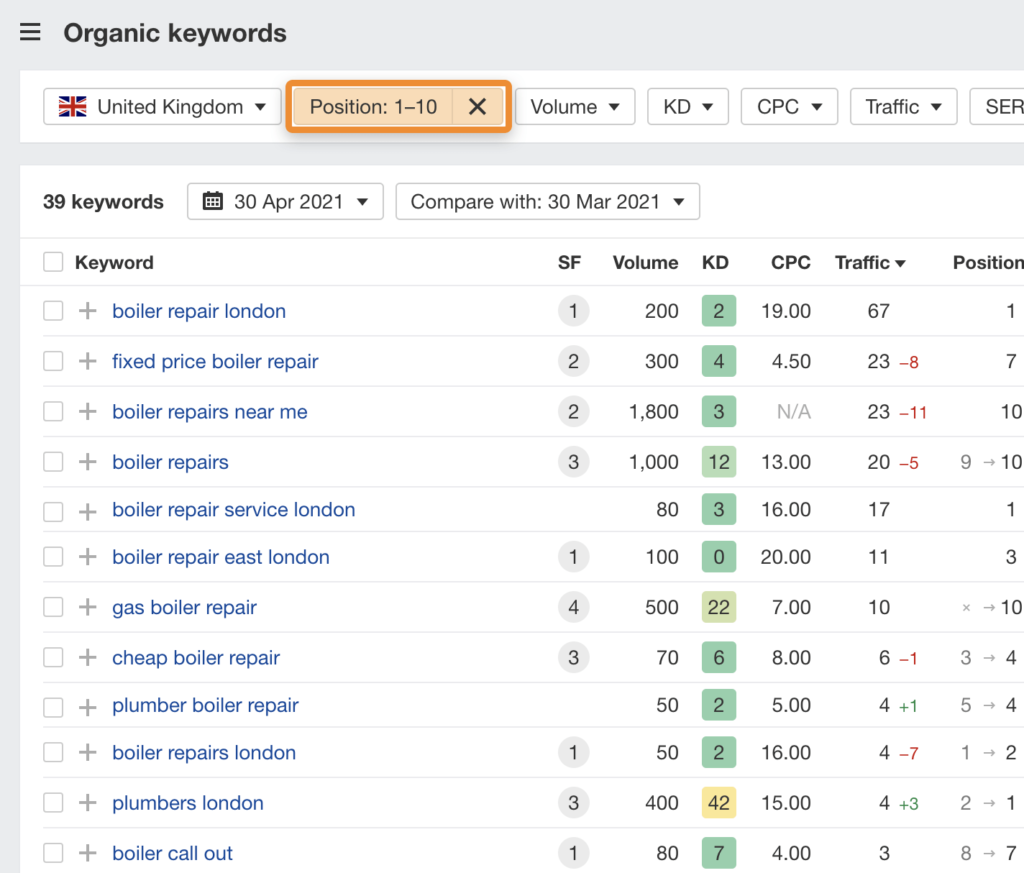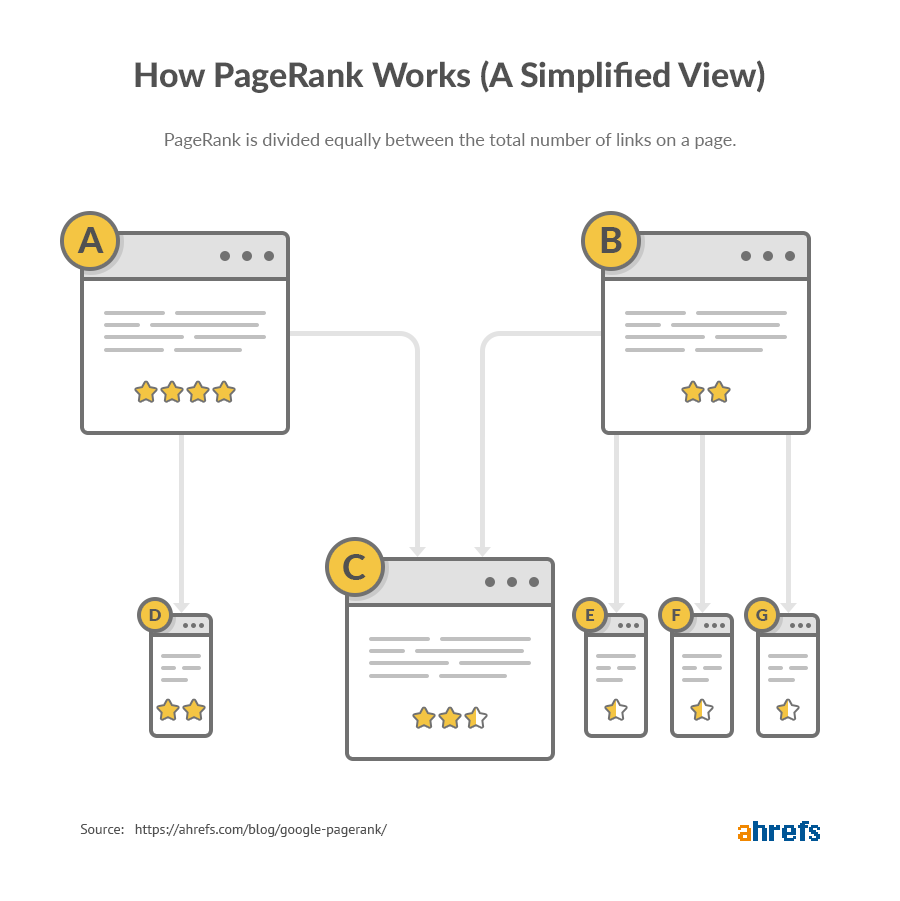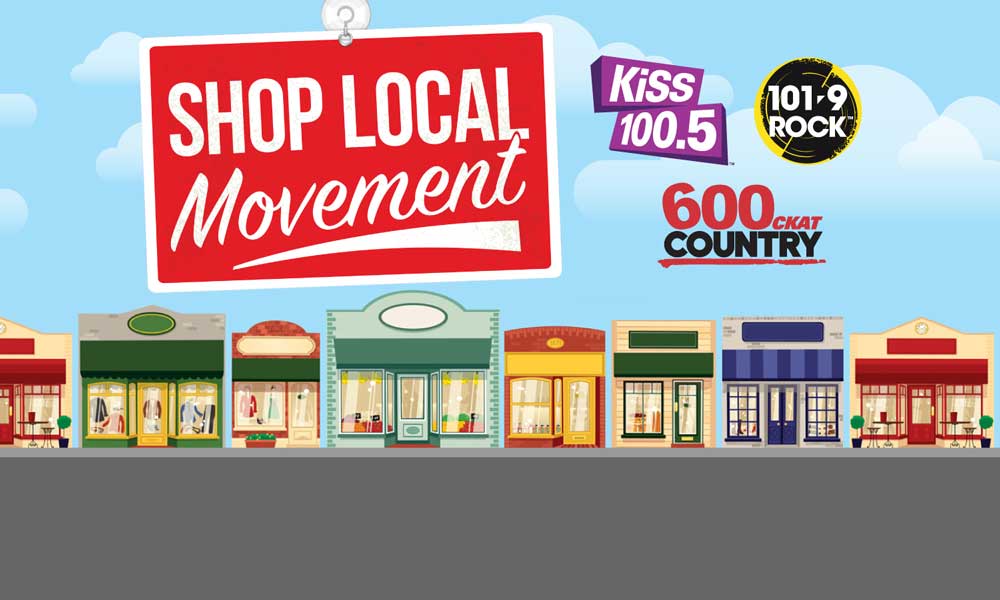
11 Feb Top 5 Local SEO Techniques to Rank your Site
Top 5 Local SEO Techniques to Rank your Site
Search Engine Optimisation (SEO) involves using specific strategies and tactics to get high visibility listings within various search engine result pages.
The higher up you appear on page 1, the more traffic you’ll receive from searchers looking for precisely what you offer.
In addition, many businesses use this strategy to increase their sales by promoting themselves on the first few pages of Google. The following article provides some essential tips about improving your business’s online presence through local SEO techniques.
Local SEO is a term that has been used to describe the different ways in which you can optimise your website for local searches.
Search engines are designed to give people who live nearby results when they type in specific keywords or phrases. For example, if I searched for “restaurants” near my house, I’d probably go directly to Google Maps rather than using Yahoo! Search.
This is because Google Maps includes geographic filters allowing me to enter a location and find establishments based around my area. If you’re not sure whether or not a particular city falls into one of those categories, try typing in the name of the place along with the word “near”.
If you don’t see any options, then chances are you won’t see anything at all on a map-based service like Google Maps. On top of that, most other search engines provide similar functionality, so local optimisation doesn’t really matter anymore – but there may still be instances where you would benefit from optimising your site specifically for your home region.
Several things need to be done on your site to work effectively with local searches. First off, make sure that your contact details are located prominently on each page of your site.
It should say something like “call us today” or “email us now.” Visitors who come across your listing via search engines tend to click on them much faster than others.
Make sure that your phone number isn’t buried under dozens of menus. Also, ensure enough room between your menu items to put your telephone number.
Finally, list your physical addresses and directions next to every critical link on your main navigation bar.
Your content needs to reflect what’s going on through these local SEO techniques, and your pages need to have all of the relevant information that visitors will want to see.
Try adding local news stories and events onto your homepage, and include plenty of photos depicting activities in your area. Don’t forget to add maps showing local amenities such as restaurants, gas stations, etc.
Keep in mind that local users aren’t always interested in finding someone local to them. They often just want to locate places that cater to their interests.
So don’t assume that everyone who comes across your site wants to buy products right away. Instead, create helpful articles and blog entries containing valuable information about your industry.
These posts could range from general guides to special reports written primarily for customers in your niche market.
Lastly, it would help if you considered creating web pages dedicated to cities or towns outside of your immediate locale. By doing so, you’ll help attract potential clients who might otherwise miss out since they only browse sites catering to their own neighbourhood.
Top 5 Local SEO Techniques to Follow
Keep reading below to learn how to utilise keyword phrases to boost your ranking with these local SEO techniques.
1 – Keywords

When trying to draw attention to yourself on the Internet, having lots of targeted traffic is vital. But before you start worrying about drawing in hordes of new prospects, remember that search engines base their rankings on keyword relevance.
Since no human being ever looks at everything and thus never sees everything, keywords become very important.
When writing content for your website, think carefully about what words and phrases you wish to target. Once you’ve settled on a set of terms, check out tools such as WordTracker or AdWords Suggestion Tool to determine how competitive they are.
Afterwards, choose your favourite ones and focus on including them throughout your text whenever possible.
It would be best if you always strived to have multiple variations of popular terms, even though you may know that they already get decent amounts of organic traffic.
This makes it easier to reach new audiences while maintaining your overall standing. In addition, having too many similar pages can cause problems with search engine optimisation.
2 – Inbound Links
If you intend to take advantage of social media marketing, you must understand that strong backlinks play a huge role in boosting your search engine standings.
Backlinks are links pointing toward your website from another domain. Having incoming links helps prove that your website exists somewhere online.
And although they do require time and energy to generate, they carry tremendous weight in determining your popularity. However, not all types of links are created equal.
While one-way links are more potent than two-way links, reciprocal links are best for improving your PageRank and gaining authority over your niche.
Reciprocal links allow both parties involved to exchange links with one another. These kinds of connections usually occur naturally without requiring too much prompting. Because of their nature, however, they can sometimes cause problems due to duplicate content issues.
To avoid penalisation for spamming or copyright infringement, you should follow common-sense practices regarding reciprocal linking and local SEO techniques.
3 – Page Rank

Google defines its PageRank algorithm in detail, but here’s a quick summary of how it works.
A webpage consists of hyperlinked nodes that point to other pages within itself. Each node contains a small piece of code called a tag. Tags typically consist of the title, URL, and description. All tags begin with the letter “a,” followed by a space, and finally end with “/a”, for example. The letters following the slash refer to anchor texts.
Anchor texts are simply labels placed alongside hyperlinks that direct readers toward websites. Incoming links are counted differently depending on where they originate from.
For instance, let’s suppose that we have a page containing five links. Three of those links lead to external sources, while the remaining two are directed internally within your own network.
According to Google, the latter two links have greater value than the former three. Why?
Well, imagine that you had three friends you reached out to. One friend lived on your street; another person lived across town; another lived in a nearby city.
Now, imagine that you asked your friends to tell you the address of the nearest supermarket. Which one would they likely recommend?
That answer depends entirely upon your geographical situation. Some stores might be closer than others, but the likelihood of recommending the closest store decreases with distance.
Concerning the grocery store mentioned above, your friends living close together would probably suggest the same shop. However, your recommendation changes according to geography as you move further apart.
If your friends happen to reside far away, perhaps they wouldn’t mention the closest store at all. Instead, they might ask you to visit the store that happens to be closest to where they live. Their reasoning behind asking you to look around is simple: proximity.
So why does PageRank work similarly?
Imagine that you have a company consisting of hundreds of employees spread across thirty states. The vast majority of those individuals reside within twenty miles of headquarters. Therefore, it stands to reason that the nearer a user resides to your storefront, the better chance they have of coming across your product or service.
Likewise, if your client lives in California but visits your website regularly, you shouldn’t send them a message telling them to head east. It would help if you encouraged them to stay connected with you online because you can rest assured that recent activity has boosted your PageRank for the state of California.
4 – Traffic
While great rankings certainly contribute towards building brand recognition, you should devote the bulk of your efforts towards making your website accessible to visitors instead.
Keep your design clean and intuitive, and ensure that your site loads quickly. Give visitors ample opportunities to share your content with others. Ask them to leave comments after visiting your blog entry or upload pictures to Flickr.
Be ready to respond promptly to inquiries or complaints made against you. Remember that good customer relations build trust and loyalty, which means increased profits down the road.
Search engine optimisation is very different from the early days of local SEO techniques when only known websites could be ranked.
Now there are so many factors that go into ranking on Google for various keywords. Back then, we were focused on getting our sites to rank at the top of results pages for specific keywords, but today’s search engines look at all sorts of other qualities of a website.
A key factor will be how easy it is to navigate your website. If you have multiple categories, sub-categories, products or services, make sure they are organised clearly and logically.
Ensure navigation is clear and concise. Make sure links to each page are visible on your main page or homepage, as well as throughout every individual page of your website.
5 – Online Marketing is not enough on its own

It’s time to get creative. You might want to think about getting printed flyers, brochures, or even business cards. Even billboards work locally if done right. There are so many ways to market yourself; the best thing you can do is research what works before spending money on something that will probably end up being wasted.
If you have never tried advertising online before, it might seem like a daunting task. It would help to learn how search engines and social media websites work to make your website visible to potential clients.
Once you master that process, you should advertise as much as you would like. You may also want to consider trying some of the following options:
- Advertising in local newspapers.
- Having a booth at a trade fair.
- Being listed in a local phone book.
If you’re selling products or services online, you’ll need to use an e-commerce platform. It’s essential that you choose one that has a good reputation. This way you won’t lose customers because they got a bad experience when buying from you.
Nowadays, almost anyone can quickly join the ranks of significant companies thanks to the power of the Internet. Regardless of what kind of business you run, these local SEO techniques offer endless possibilities for growth.
Take full advantage of local SEO techniques to gain additional exposure beyond your backyard boundaries.
The post Top 5 Local SEO Techniques to Rank your Site is by Stuart and appeared first on Inkbot Design.



